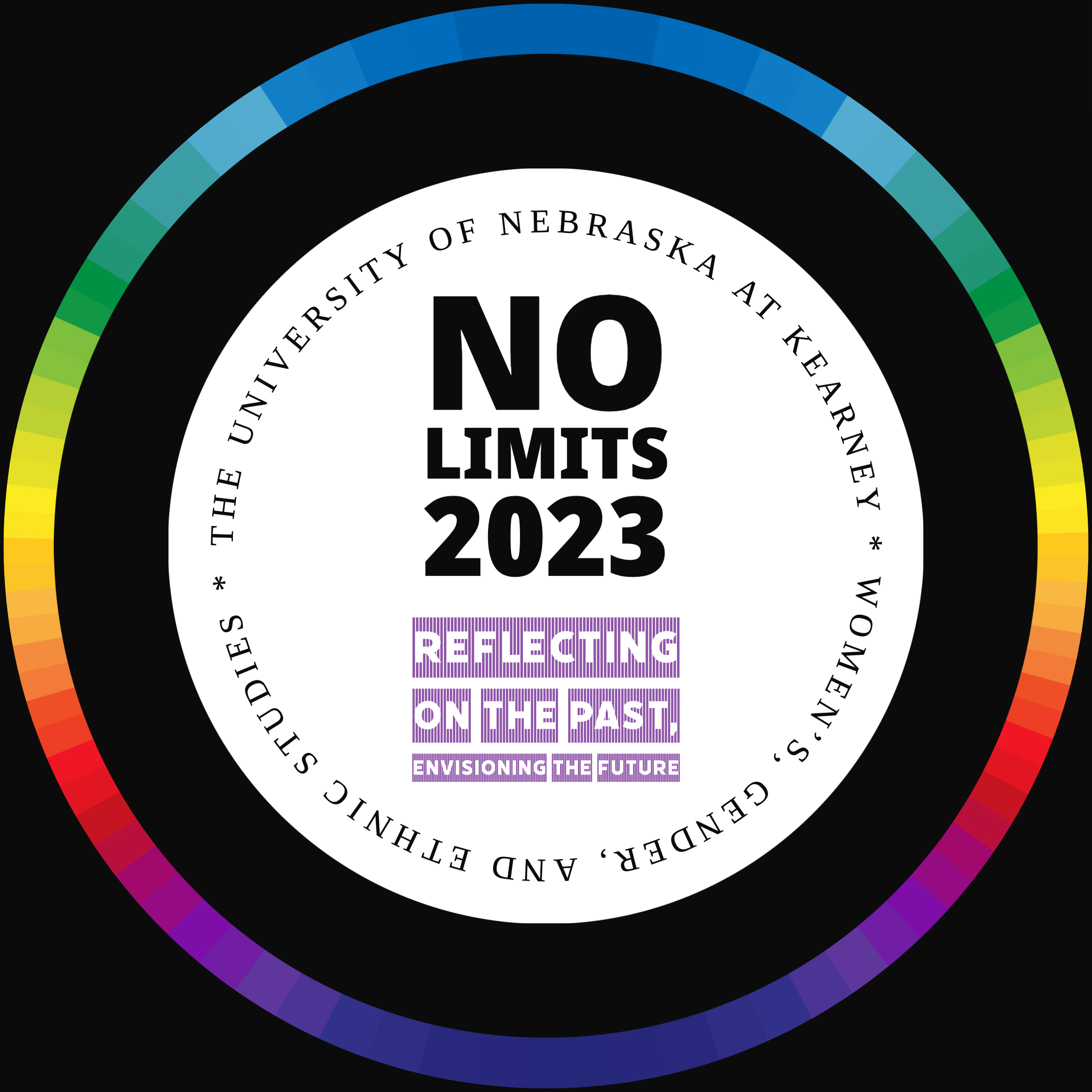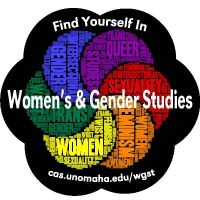But What Is Emblematic of the Vampire, Herself?: A Pedagogical Look at Gender and Gothic Monstrosity in Mary Wilkins Freeman's "Luella Miller"
Location
Ponderosa Room D
Presentation Type
Presentation
Presentation Topic
Literary Studies
Start Date
3-3-2023 1:25 PM
Event Sort Order
35
Abstract
In his essay, "Monster Culture: Seven Theses" (1996), Jeffrey Jerome Cohen argues that monsters--regardless of their forms in popular culture--are signifiers of alterity. He observes, "A mixed category, the monster resists any classification built on hierarchy or a merely binary opposition" (7). While monsters appear frequently throughout literature, they occupy a unique place within the Gothic tradition. Gothic literature was largely pioneered by female authors, who used its motifs and monstrous alterity to represent the lack of control and marginalization they experienced in their lives. In this presentation, I'll explore how Mary Wilkins Freeman engaged in monstrous imagery--namely, vampirism--to symbolically illustrate how the disenfranchisement of women erodes and destabilizes communities. I'll also explore why the enduring image of monsters continue to work effectively as a pedagogical tool to help illustrate how difference and marginalization are symbolically represented within the Gothic tradition.
But What Is Emblematic of the Vampire, Herself?: A Pedagogical Look at Gender and Gothic Monstrosity in Mary Wilkins Freeman's "Luella Miller"
Ponderosa Room D
In his essay, "Monster Culture: Seven Theses" (1996), Jeffrey Jerome Cohen argues that monsters--regardless of their forms in popular culture--are signifiers of alterity. He observes, "A mixed category, the monster resists any classification built on hierarchy or a merely binary opposition" (7). While monsters appear frequently throughout literature, they occupy a unique place within the Gothic tradition. Gothic literature was largely pioneered by female authors, who used its motifs and monstrous alterity to represent the lack of control and marginalization they experienced in their lives. In this presentation, I'll explore how Mary Wilkins Freeman engaged in monstrous imagery--namely, vampirism--to symbolically illustrate how the disenfranchisement of women erodes and destabilizes communities. I'll also explore why the enduring image of monsters continue to work effectively as a pedagogical tool to help illustrate how difference and marginalization are symbolically represented within the Gothic tradition.






Presenter Bio
Andrew Del Mastro is a PhD student in Literary Studies at the University of Nebraska-Lincoln. His research explores Gothic aesthetics and representations of monstrosity across the long nineteenth century.